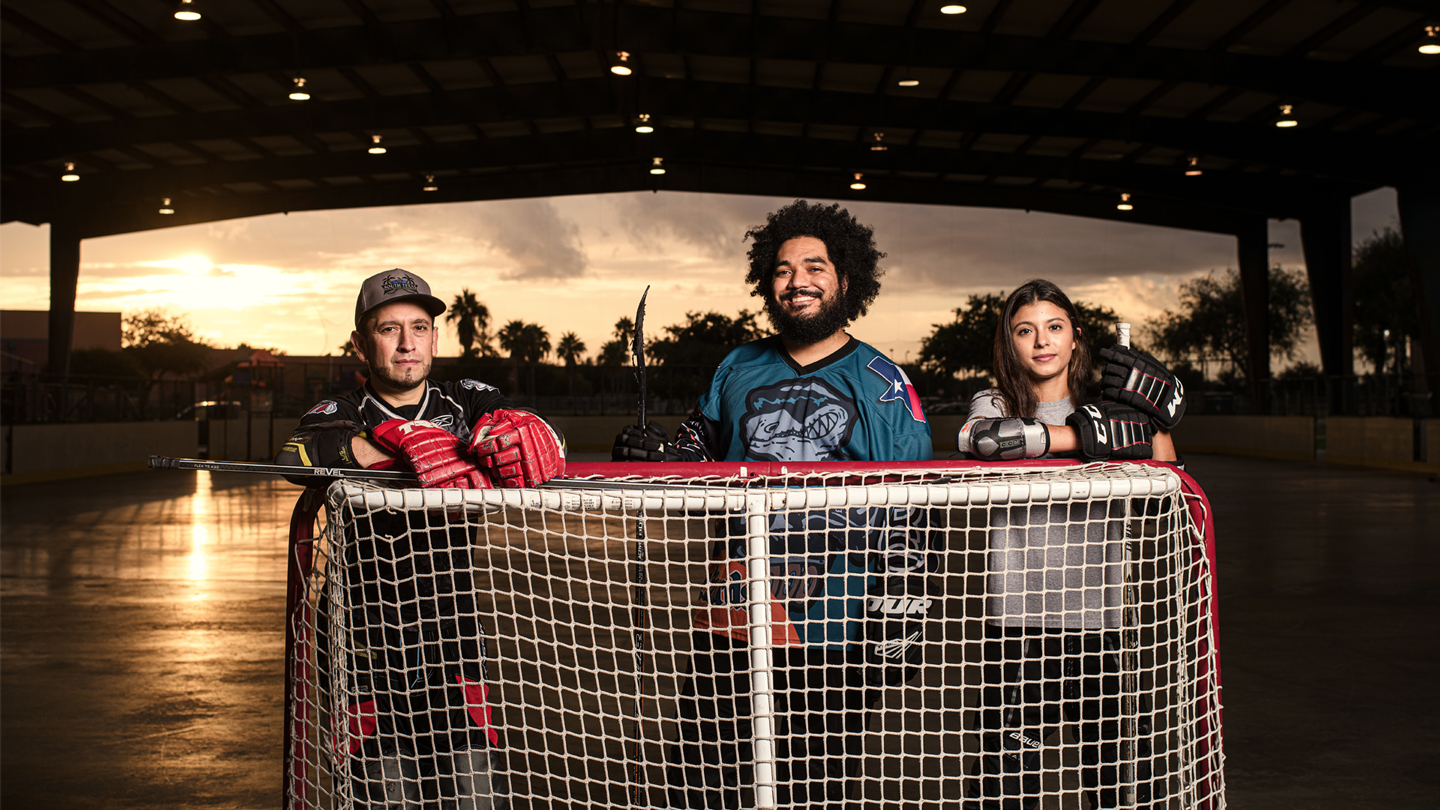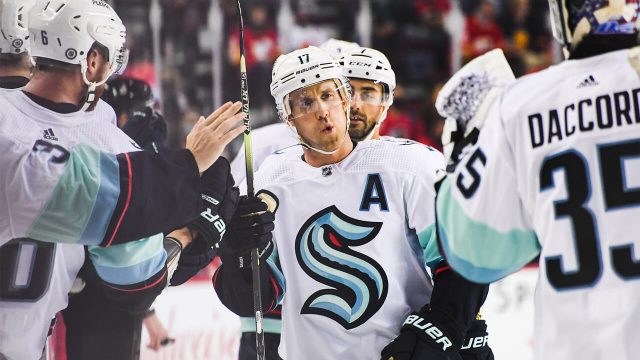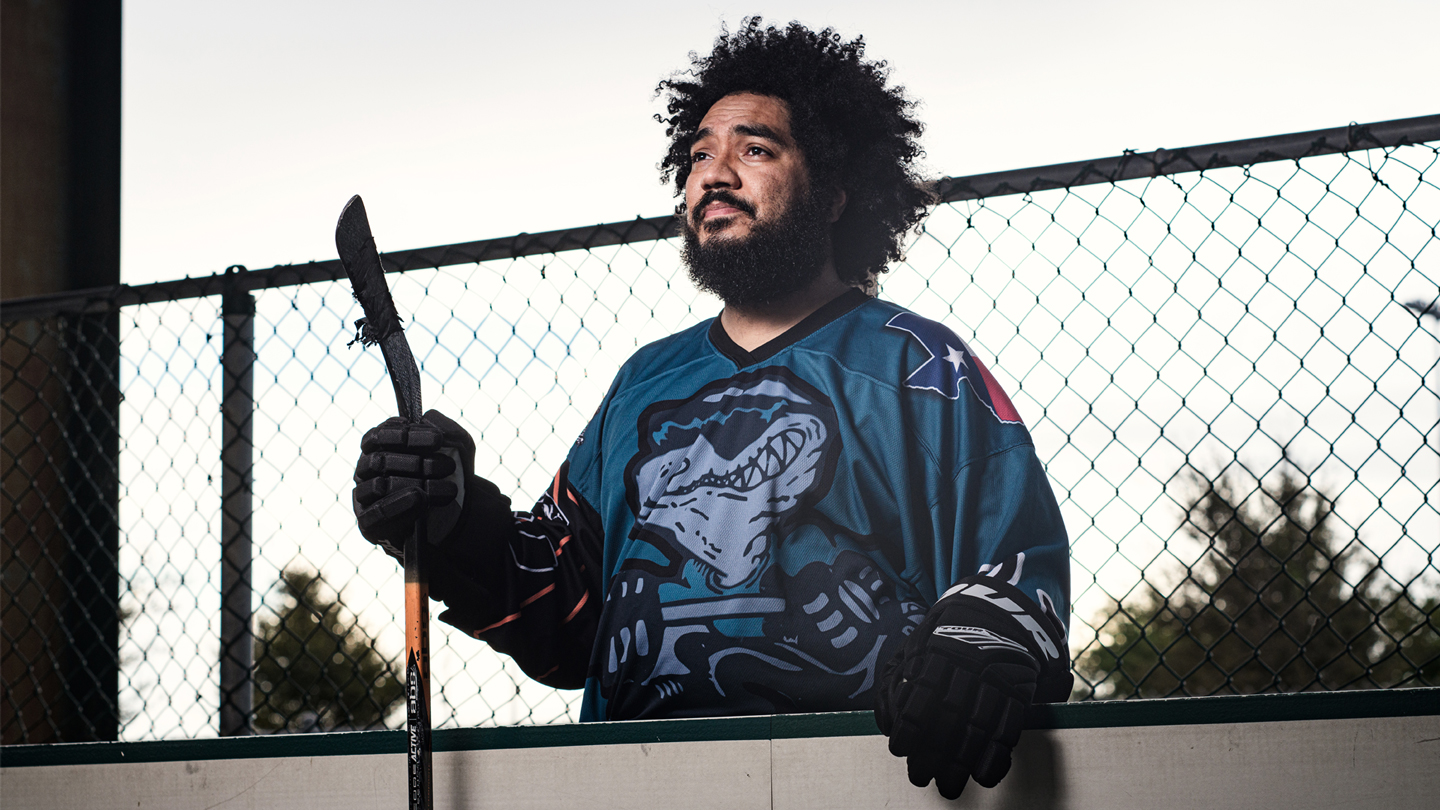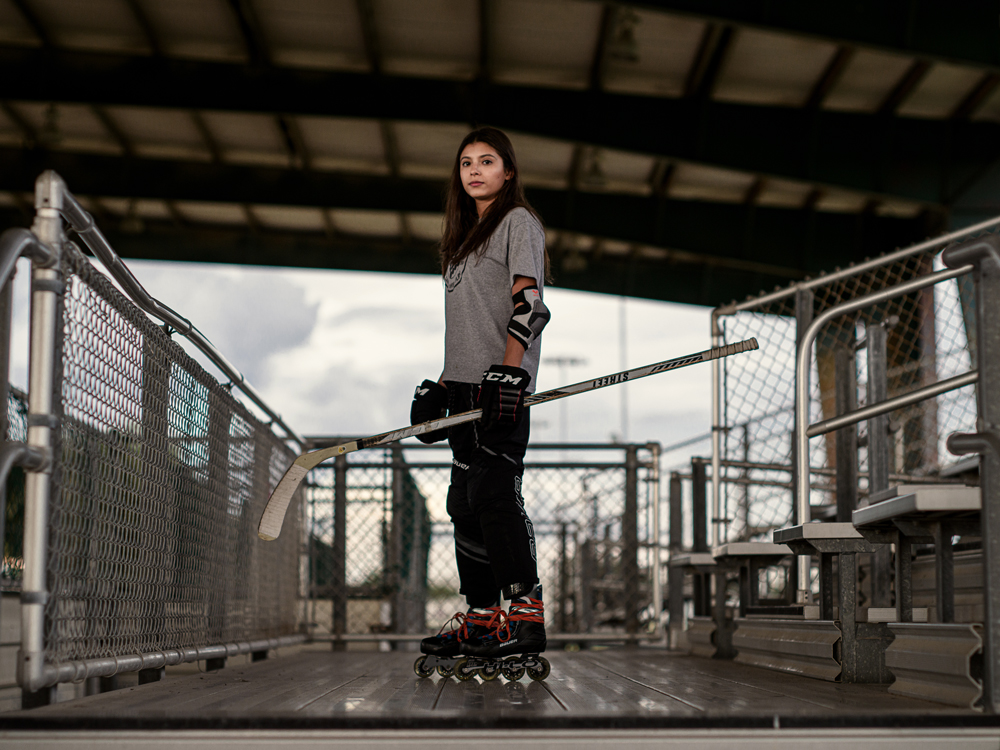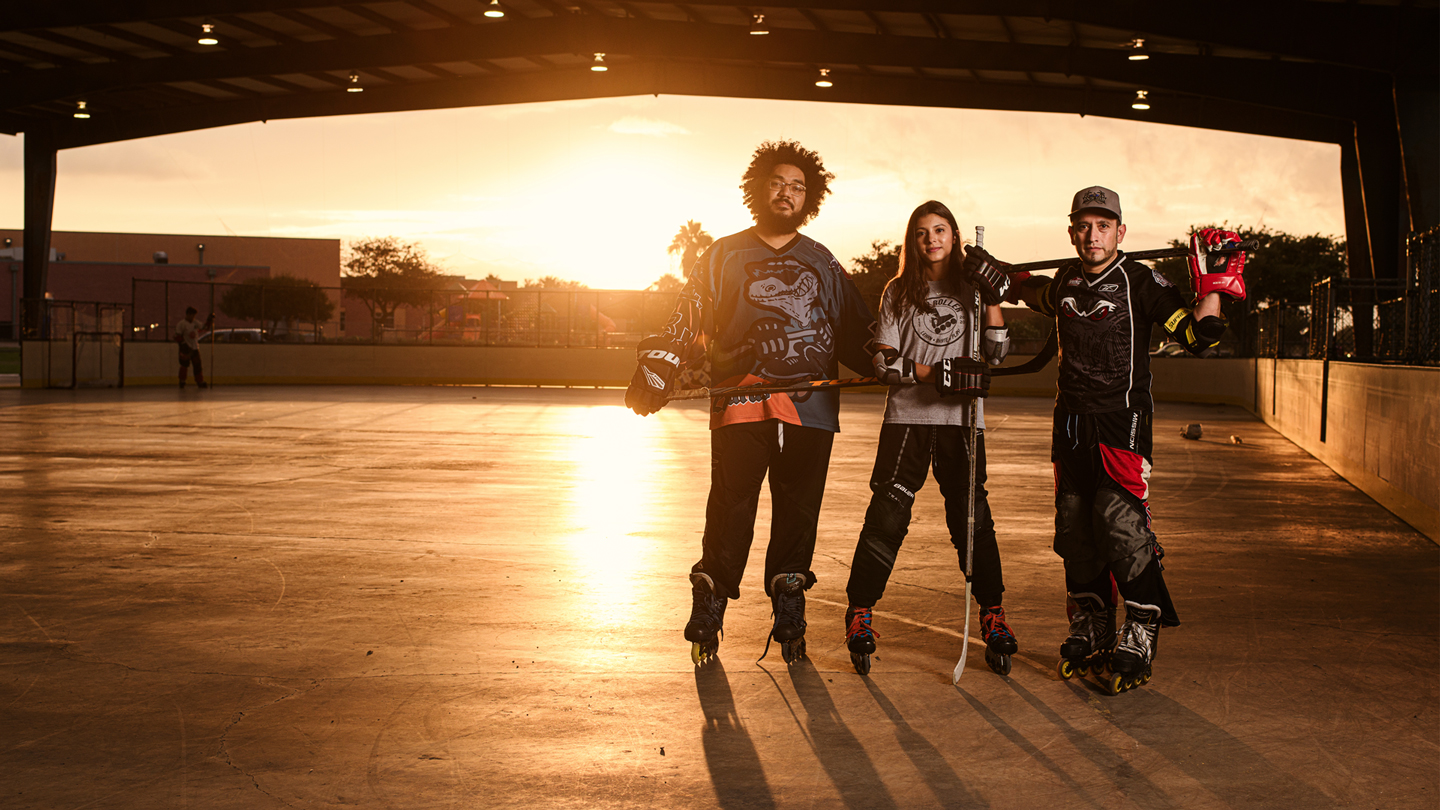T
he roots of RGV Roller’s fight to grow the game on the American side of the Valley start across the Rio Grande, 35 miles west of McAllen, in Diaz Ordaz. The border town is tiny — one long road runs its length, with a handful of smaller ones branching off only about a mile in each direction — but ask anyone who knows their way around the Mexican hockey scene, and they’ll tell you of the legacy of that hidden gem. For years, players from across the Valley could head to the very end of that main road and find a rink there at the town’s edge. And in that rink, more often than not, they’d find The Doctor, one of the country’s greatest hockey coaches, who built one of the country’s greatest hockey programs. The Rio Bravo clan, the McAllen effort, RGV Roller — it all traces back to the end of that road in Diaz Ordaz, to The Doctor.
It was late 1992 when the seed was first planted in Diaz Ordaz. Dr. Juan Carlos Hernandez and his son, Miguel, found themselves hooked by a silver-screen classic called The Mighty Ducks. A source of lovable nostalgia in Canada, the film’s impact on hockey in the Valley was more profound, sparking a wave of kids running around with brooms imitating slap shots and slow-motion dekes. For Miguel and his cousins, a greater love for the sport bloomed when The Doctor replaced those brooms with sticks and roller skates, and started coaching the kids in his backyard. An hour away, in Rio Bravo, Lopez and his childhood friends had begun taking to a basketball court at a local church, trying to figure out the sport for themselves, too.
That early interest grew slowly and steadily in both towns for a few years, until Lopez heard word of what was going on in Diaz Ordaz from his father, who worked at a local hospital with The Doctor. In 1996, Lopez — by then a hockey-obsessed teenager — started travelling to Diaz Ordaz with his friends every weekend, taking a bus to go visit The Doctor and his growing crop of young players. The visits opened up a whole new world for Lopez and his band of Rio Bravo puck lovers. It expanded their community and granted them the experience of playing for a coach just like in the film — a Gordon Bombay for these young Charlie Conways. The uptick in players only meant more hours poured in by The Doctor, who eventually moved his coaching from the backyard to a nearby basketball court, and then to a local futsal facility.


